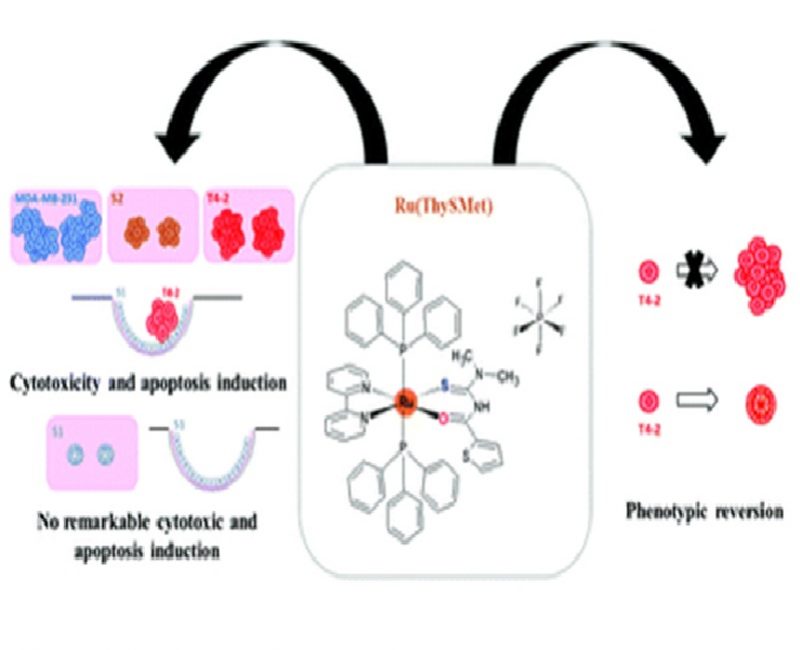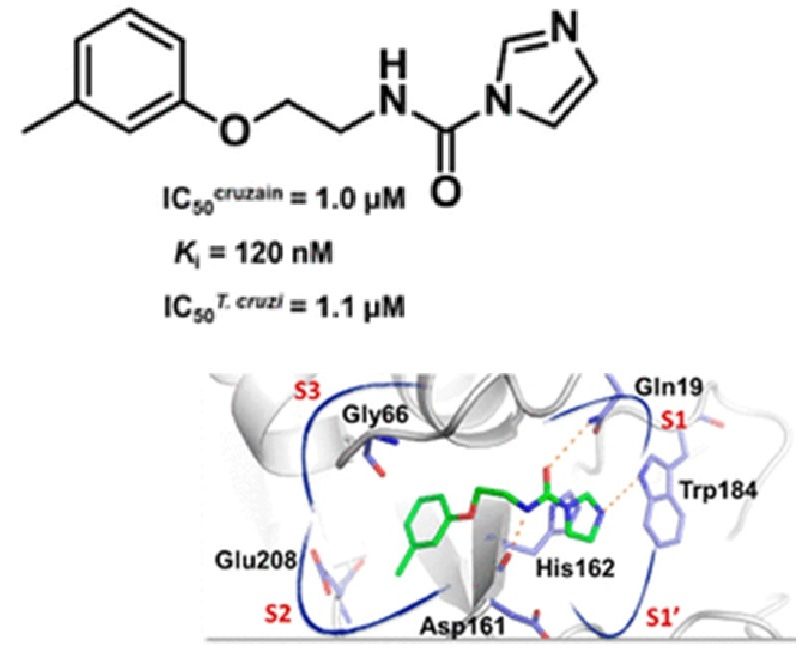
Authors:
de Paula Nogueira Cruz, Felipe [1, 2, 3] ; Ferreira de Paula, Ailton [1] ; Nogueira, Camila Tita [2] ; Marques de Andrade, Paulo Henrique [1, 2] ; Borges, Leonardo Maurici [4] ; Lacava, Paulo Teixeira [1, 3] ; Baratella da Cunha Camargo, Ilana Lopes [5] ; Anibal, Fernanda de Freitas [2, 3] ; Paiva de Sousa, Cristina [1, 3]
Abstract:
In this study, we report the isolation and identification of an endophytic strain of Burkholderia cepacia (COPS strain) associated with Polygala paniculata roots. Polygala plants are rich sources of promising microbiomes, of which the literature reports several pharmacological effects, such as trypanocidal, antinociceptive, anesthetic, anxiolytics, and anticonvulsant activities. B. cepacia COPS belongs to a new sequence type (ST 1870) and harbors a genome estimated in 8.3 Mbp which exhibits the aminoglycosides and beta-lactams resistance genes aph(3′)-IIa and blaTEM-116, respectively. Analysis performed using MLST, average nucleotide identity, and digital DNA-DNA hybridization support its species-level identification and reveals its novel housekeeping genes alleles gyrB, lepA, and phaC. The root endophyte B. cepacia COPS drew our attention from a group of 14 bacterial isolates during the primary screening for being potentially active against Staphylococcus aureus ATCC 29213, Enterococcus faecalis ATCC 29212, Micrococcus luteus ATCC 9341, Escherichia coli ATCC 25922, and Candida albicans ATCC 10231 and exhibited the broad-spectrum activity against phytopathogenic fungi. In addition, COPS strain showed production of protease, lipase, and esterase in solid media, and its natural product extract showed potent inhibition against fungal plant pathogens, such as Moniliophthora perniciosa, whose antagonism index (89.32%) exceeded the positive control (74.17%), whereas Sclerotinia sclerotiorum and Ceratocystis paradoxa showed high percentages of inhibition (85.53% and 82.69%, respectively). COPS crude extract also significantly inhibited S. epidermidis ATCC 35984, E. faecium ATCC 700221 (MIC values of 32 μg/mL for both), E. faecalis ATCC 29212 (64 μg/mL), and S. aureus ATCC 25923 (128 μg/mL). We observed moderate antagonistic activity against A. baumannii ATCC 19606 and E. coli ATCC 25922 (both at 512 μg/mL), as well as potent cytotoxic effects on Leishmania infantum and Leishmania major promastigote forms with 78.25% and 57.30% inhibition. In conclusion, this study presents for the first time the isolation of an endophytic B. cepacia strain associated with P. paniculata and enough evidence that these plants may be considered a rich source of microbes for the fight against neglected diseases.
1 Laboratory of Microbiology and Biomolecules–LaMiB, Department of Morphology and Pathology, Federal University of São Carlos, São Carlos, Brazil
2 Laboratory of Inflammation and Infectious Diseases–LIDI, Federal University of São Carlos, São Carlos, Brazil
3 Biotechnology Graduate Program, Federal University of São Carlos, São Carlos, Brazil
4 Laboratory of Taxonomy and Plant Evolution–TaxEP, Department of Botany, Federal University of São Carlos, São Carlos, Brazil
5 Laboratory of Molecular Epidemiology and Microbiology, Physics Institute of Sao Carlos, University of Sao Paulo, São Carlos, Brazil
Link to article: https://www.hindawi.com/journals/ijmicro/2021/6618559/







